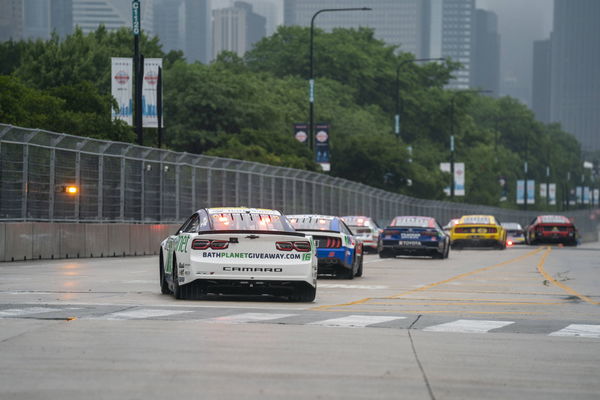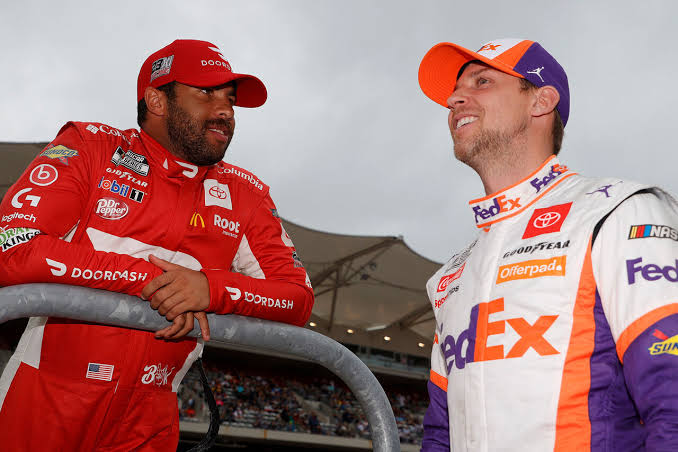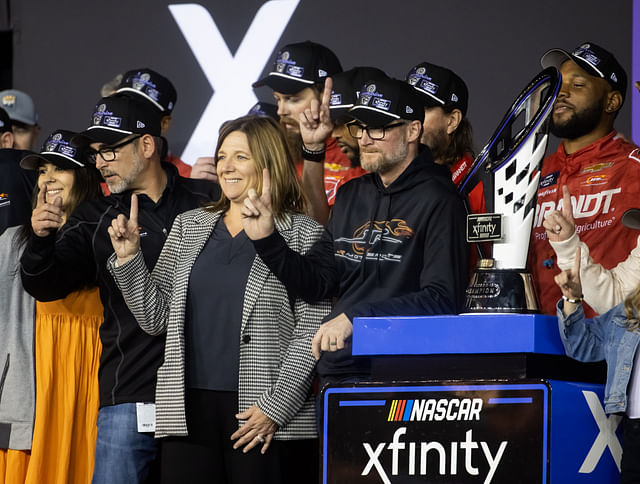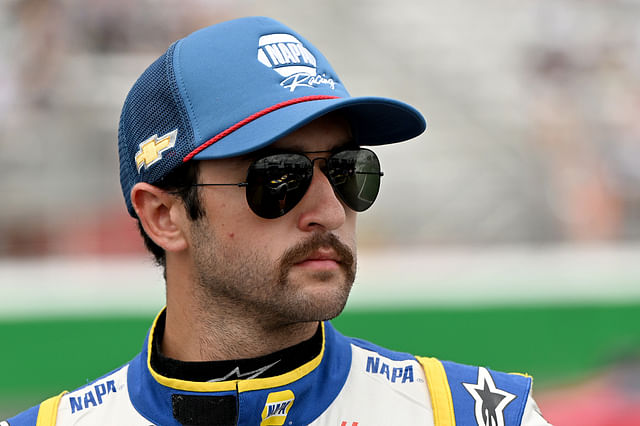
From Bobby Allison claiming six victories at California’s Riverside track to Jeff Gordon’s dominance at Sonoma with five wins, NASCAR drivers have long showcased their skills on road courses. While the heart of NASCAR has traditionally been oval racing, road course events have brought an extra layer of excitement for fans. Recognizing this, NASCAR began incorporating these races into the Cup Series schedule, with Sonoma and Watkins Glen making their debut in the 1980s.
Fast forward to 2024, and the presence of road courses has grown significantly. The Chicago Street Race, which debuted in 2023, proved to be a standout event despite being marred by rain, with Shane van Gisbergen taking the win. This year, Alex Bowman triumphed at the same event. Looking ahead to 2025, NASCAR is gearing up to deliver even more thrilling road course action, with new venues adding variety to the schedule.
Interestingly, NASCAR’s connection to road courses dates back to its early days. During the inaugural 1949 season, the series’ second sanctioned race took place on a 4.15-mile circuit along Daytona Beach. Despite this, NASCAR’s identity has largely revolved around oval tracks. Restrictor-plate racing and intermediate tracks have been the backbone of the sport, especially with the introduction of the Next-Gen car. However, recent trends indicate a gradual shift. In 2023, the Cup Series featured six road course events, including Charlotte’s Roval, signaling a growing interest in diversifying the schedule.
Although the 2024 season saw the removal of Indianapolis Motor Speedway’s road course, the gap is being filled by fresh additions. In 2025, the schedule will include five road courses (excluding the Charlotte Roval): Circuit of The Americas, Sonoma, Watkins Glen, the Chicago Street Race, and an exciting new addition. On June 15, the Cup Series will make its debut at Mexico City’s Autódromo Hermanos Rodríguez, using the same layout as Formula 1’s Mexican Grand Prix. Ben Kennedy, NASCAR’s Executive Vice President, called it “a historic moment for our sport and the Cup Series” as it expands its footprint into Mexico.
This move marks a significant evolution for NASCAR, a series once dominated by oval racing. Eight years ago, in 2016, the Cup schedule featured just two road courses—Sonoma and Watkins Glen. Even then, NASCAR executives recognized the growing demand for more road courses. “We’re absolutely aware of that,” said former NASCAR Executive Vice President Steve O’Donnell in 2016, highlighting the strategic importance of those events in the schedule. Today, with road course specialists like Shane van Gisbergen, Tyler Reddick, Kimi Räikkönen, and Jenson Button thrilling fans, these races have become a cornerstone of modern NASCAR.




